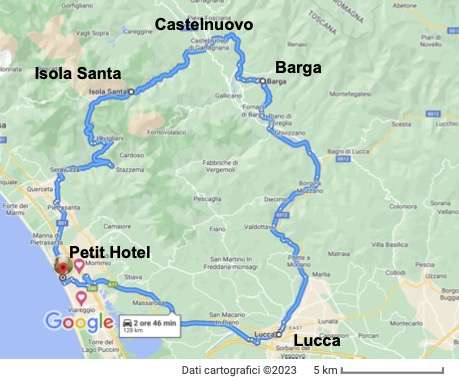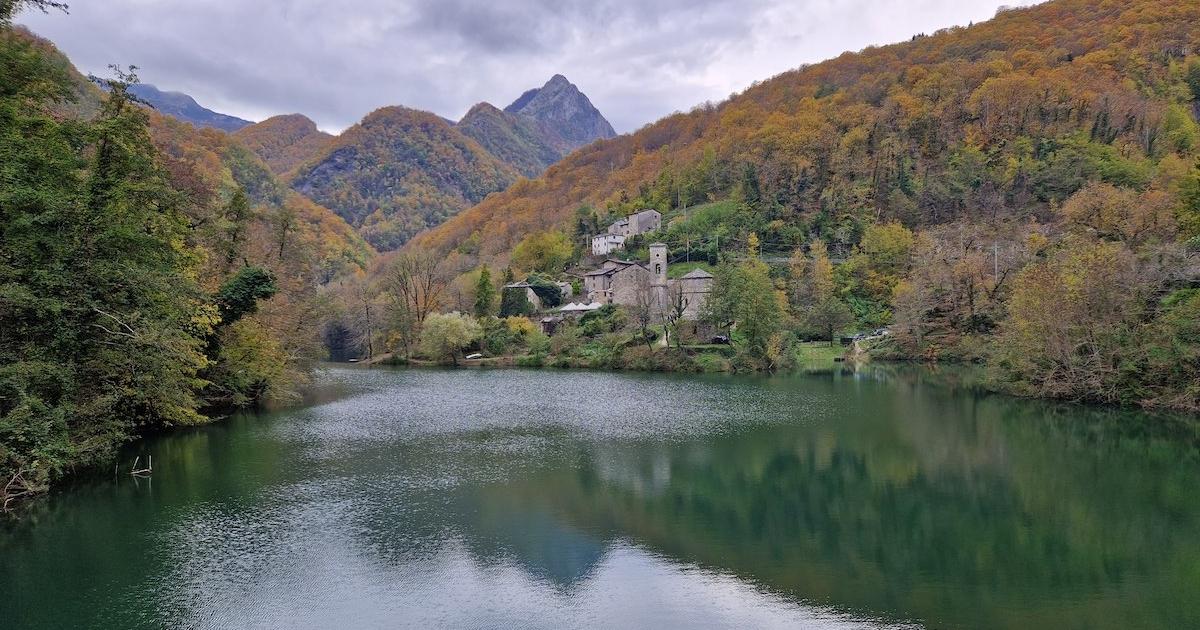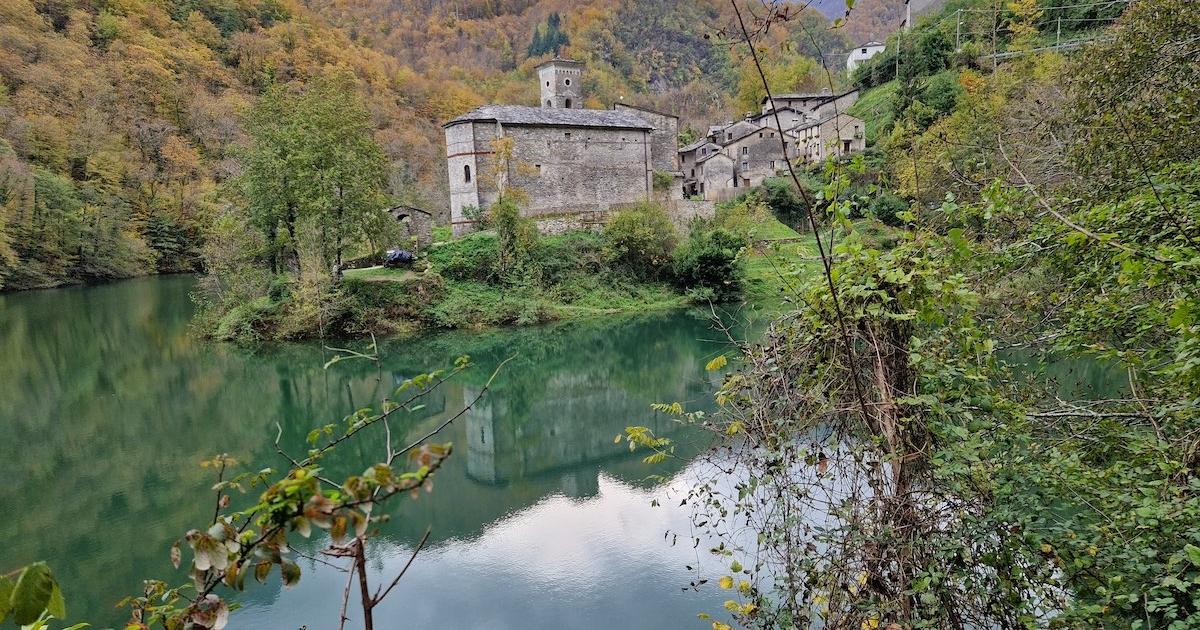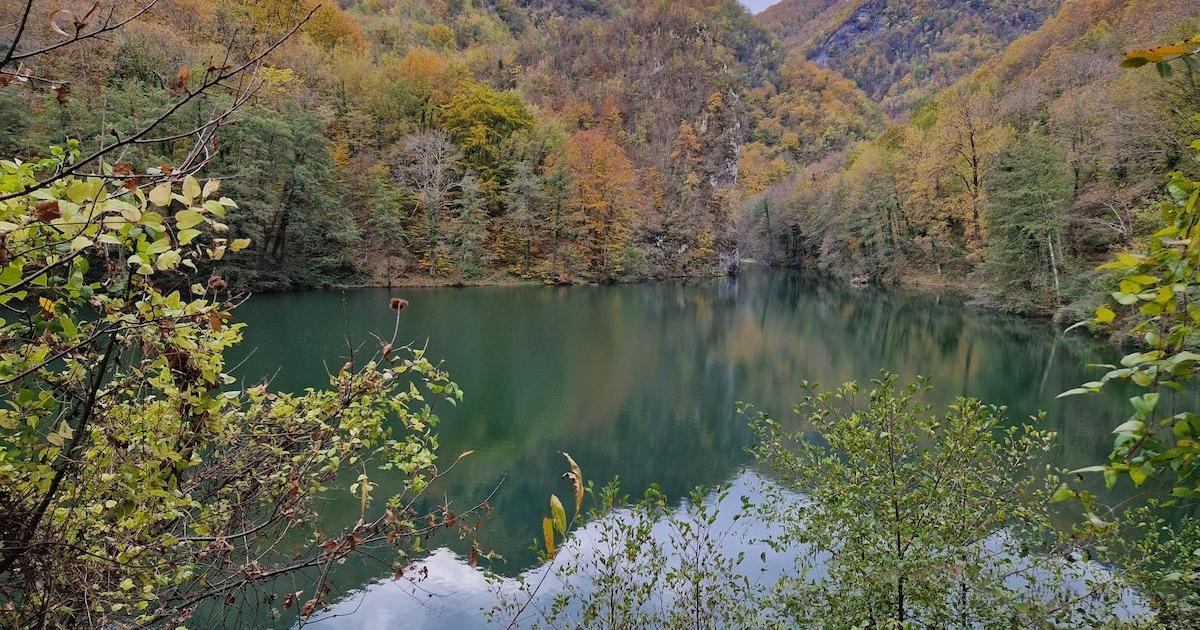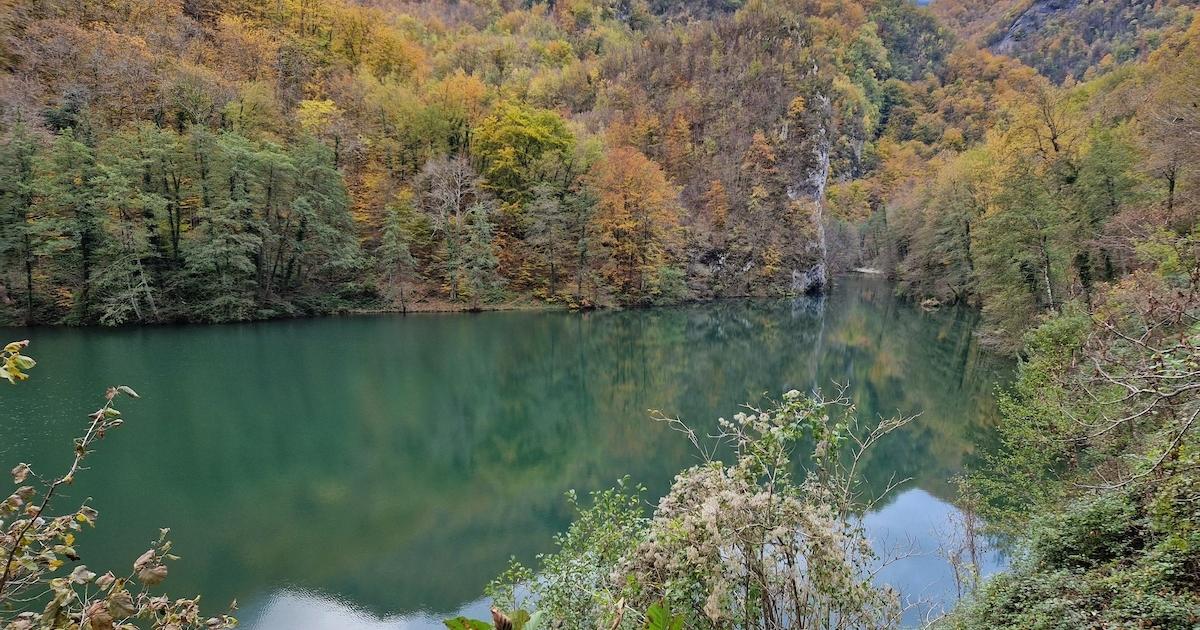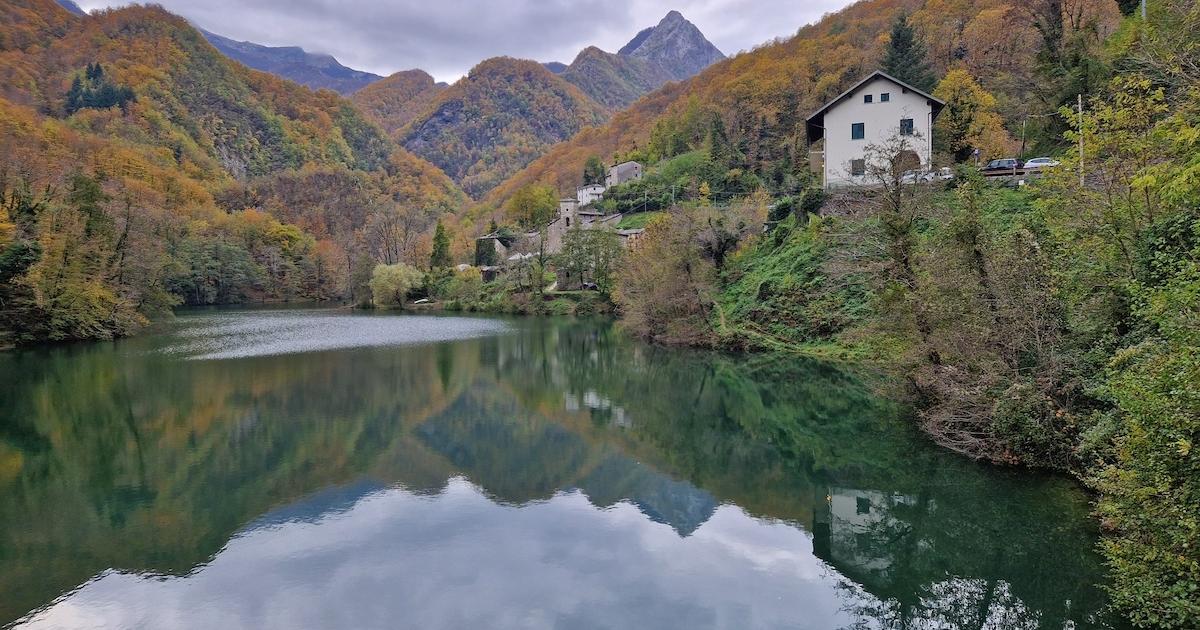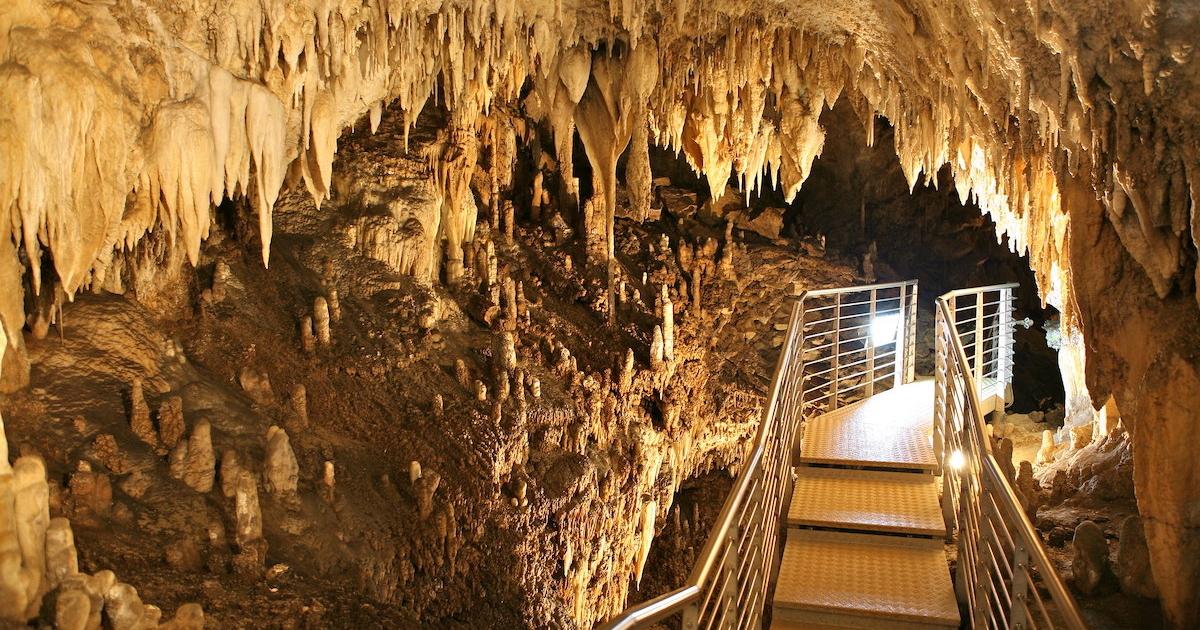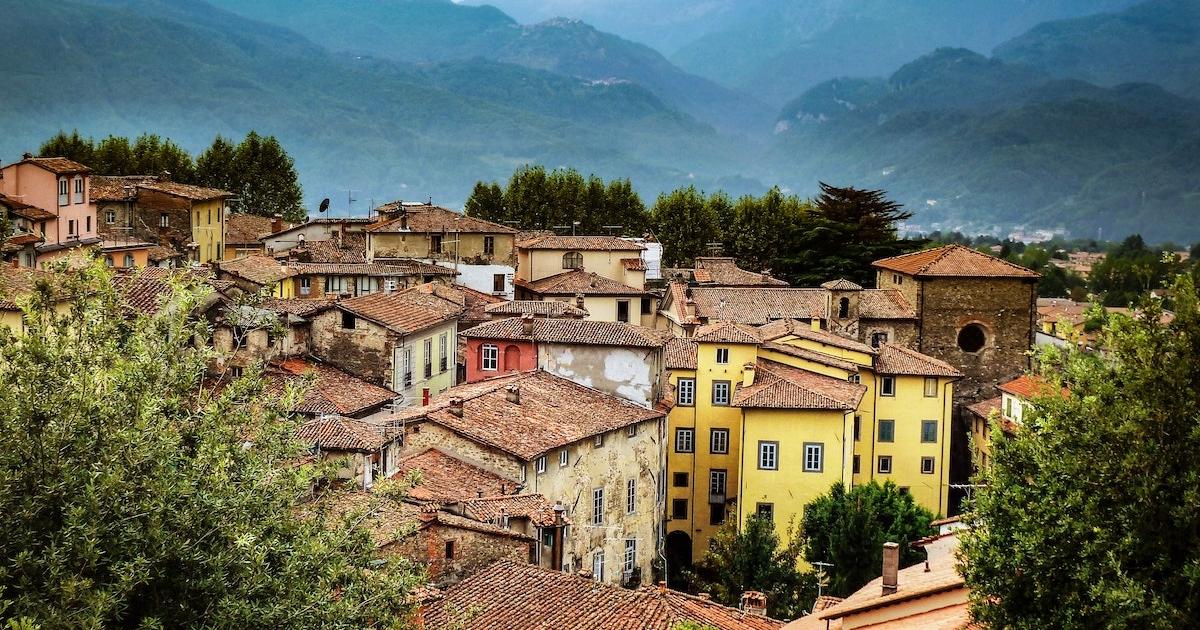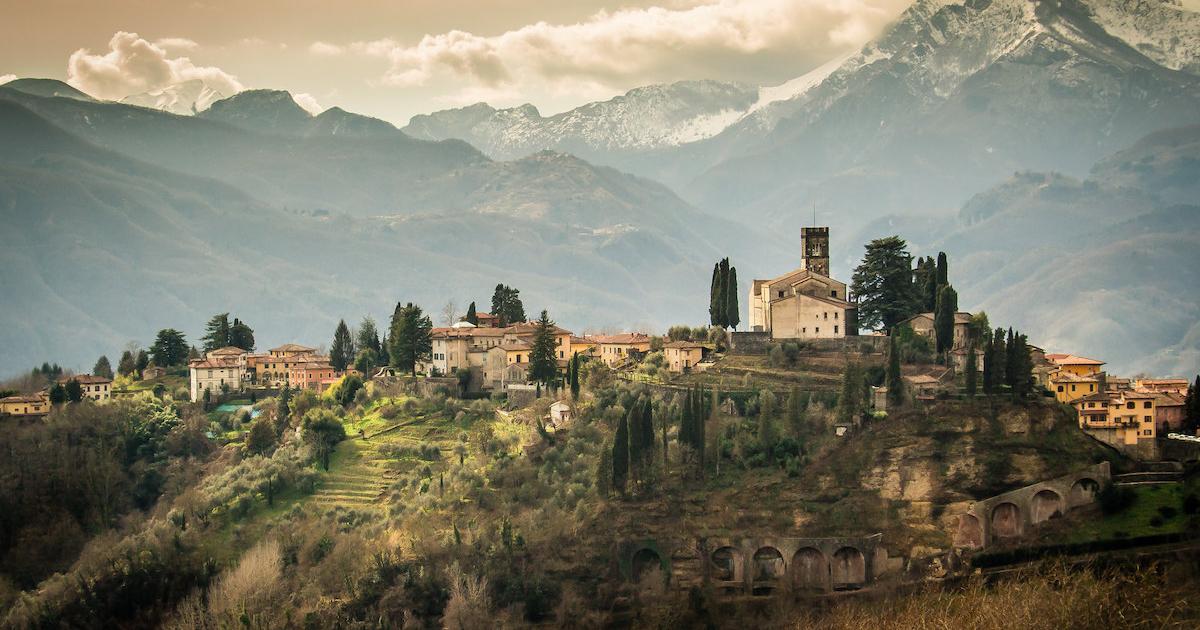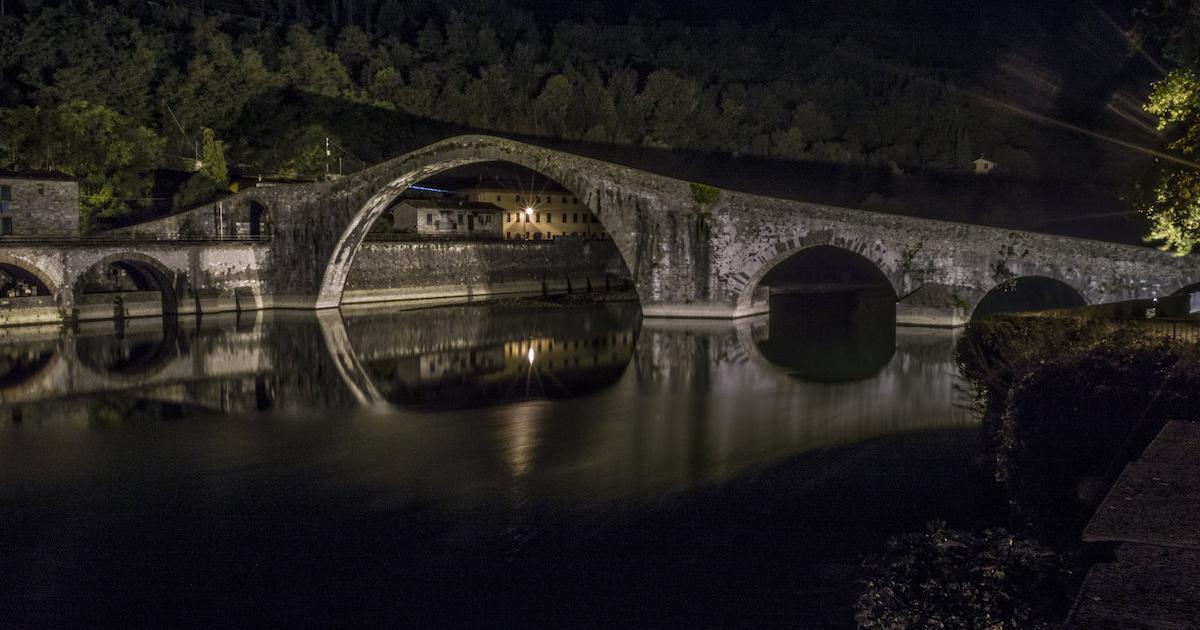Exploring Tuscany: from the sea to the Apuan Alps
An itinerary exploring nature and charming villages in Versilia, Garfagnana, and Lucca
The Regional Park of the Apuan Alps is becoming increasingly wild, the road remains lively and winding enough to the narrow Cipollaio tunnel. Going down you will reach Isola Santa, where you will find a dam and an artificial lake that reflect the beauty of the historic village. Isola Santa was a place of refuge for travelers crossing the Apuan Alps through the Mosceta Foce, a communication route between Versilia and Garfagnana. The church of San Jacopo, once a hospital for pilgrims (1260). Isola Santa is one of the most charming and romantic villages in Tuscany: the country seems to sprout directly from the water. It is the ideal place for a picnic surrounded by nature, among the ruins of the village that is still uninhabited for half.
The Garfagnana is a region rich in history and natural beauty, located between the provinces of Lucca, Versilia and Lunigiana. Here, water is abundant and creates canyons, lakes and natural caves. Continuing the journey, you reach Castelnuovo di Garfagnana, a fortified village that reached its peak under the rule of the Este family, as evidenced by the medieval festival held in August.
Let’s take some time to explore Barga, an enchanting medieval village with views of the Apuan Alps. Let’s walk through its ancient alleyways and visit the Cathedral, built before the year 1000, from which we can admire a unique view of the valley and mountains. We can’t miss the opportunity to taste a dinner based on local products. Then we continue towards Lucca along the Serchio Valley road, passing through Borgo a Mozzano where we stop to admire the Devil’s Bridge, an enchanting legendary construction built by Satan himself. With its large semicircular arch and three smaller arches, it is one of the most original bridges in Italy and is worth a visit. Our tour ends with a visit to Lucca and then a return to Quiesa and Massarosa and back home to the Lido.

